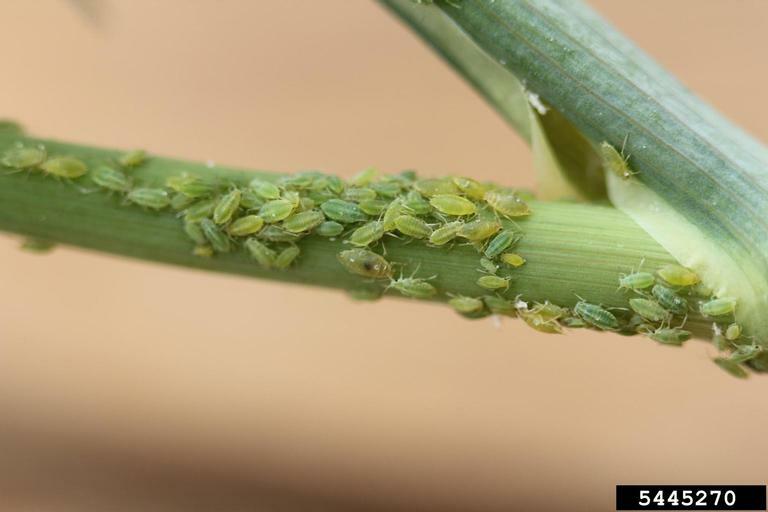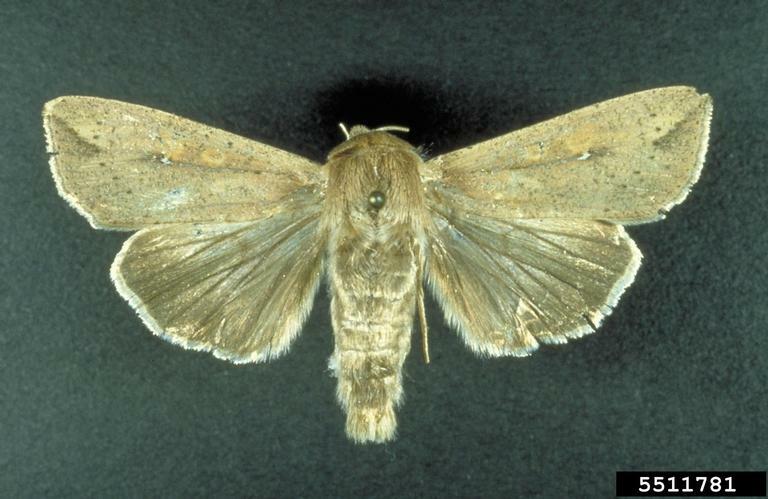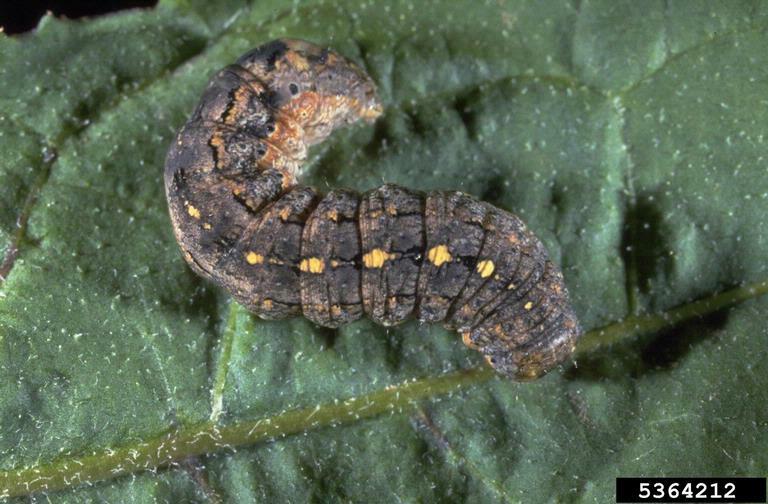Anise
Description
Anise is an annual herbaceous plant in the Umbelliferae family that is primarily grown for its fruits, which are used as a spice.
The plant has alternately arranged leaves and a grooved stalk. The petioles on the lower leaves can range in length from 4 to 10 cm (1.6 to 3.9 in), and they are rounded with a serrated edge. As the plant grows taller, the upper leaves get increasingly shorter and feathery.
The aniseed plant produces umbels of white flowers as well as an oval, hairy fruit with one seed that is flattened and hairy. An annual plant, anise has a height range of 45 to 60 cm (17.7 to 23.6 in) and only has one growing season. Anise may also be referred to as aniseed and originates from the Mediterranean
Crop Details
Scientific name: Pimpinella anisum
Uses & Benefits
Aniseed is widely used to flavor pastries; it is the characteristic ingredient of a German bread called anisbrod, Aniseed is also widely used in meat and vegetables throughout the Mediterranean and Asia. It is widely used as an herbal tea and has been used medicinally since ancient times. Absinthe, anisette, and Pernod liqueurs are flavored with the essential oil.
The leaves are used as an alcohol flavour in drinks like raki. Salads can also contain leaves
Preserving and Storing Anise
Drying: Dry anise seeds on trays of paper for several warm days outdoors. After drying, pasteurize the seeds in the oven at 100°F for 15 minutes.
Storing: Store leaves and seeds in an airtight container.
Propagation
Basic prerequisites Temperatures between 6 and 24°C (42.8-75.2°F) and 12 to 18°C (53.6-64.4°F) are ideal for anise growth in temperate and subtropical climates. Frost won't be tolerated by the plants.
Anise can be grown successfully in a range of soil types, although it thrives best in soils with a pH of 5.0 to 8.0. The plants grow poorly in sandy or heavy clay-based soils and thrive best in well-draining loam.
Since they are sensitive to transplanting, seedlings grow best when planted directly outside. The seeds benefit from being soaked overnight before planting to speed up germination, and they should only be sown after all threat of frost has passed. Before planting the seeds, the planting area should be ready by tilling the soil to a fine tilth.
If multiple plants are being grown, allow 2.5-15 cm (1.0-6.0 in) between individuals within the row and a further 15-90 cm (6.0-35.4 in) between rows. The seeds should be sown between 1 and 3 cm (0.4-1.2 in) deep. Keep the seedbed moist as the seeds germinate by not letting the soil entirely dry out.
Where to Plant Anise
Anise seeds should be planted in a sunny, wind-free location in the garden. Due to its thin stems, this herb may require staking if the wind picks up. Finding the ideal location in your garden for anise may need some trial and error because it is usually very sensitive to the hot sun and chilly northern winds.
For a sweet licorice aroma just feet from the kitchen, you may also grow anise in pots right outside your back door. Try planting anise alongside coriander in a colorful collection of pots with other herbs that have similar growing requirements.
How and When to Plant Anise
The anise plant is sensitive to cold weather. Plant anise outdoors in warm climates with a long growing season after the final spring frost and after the soil has warmed up.
Anise seeds should be sown indoors in biodegradable pots eight weeks prior to transferring the seedlings outside once all threat of frost has gone in colder locations with a shorter growing season.
Anise seeds take a while to sprout. In actuality, it could take up to four weeks until the first seedlings poke their heads from the soil.
Anise seeds should be sown at a depth of 1/4 inch; germination takes 20 days or so.
Plant spacing should be between 6 and 18 inches. Plants should be spaced at least 18 inches apart once they are 6 weeks old.
Grow six anise plants for fresh leaves and cooking, and twelve for seeds and preservation.
Planting a companion anise
Companion planting: Anise is said to promote the growth of cilantro. Aphids and fleas are believed to be repelled by the strong scent of anise. Never grow anise near carrots or radishes. Grow creeping thyme beneath the foot of anise.
Light.
Full sun is ideal for anise growth. Aim to place your anise plants where they will receive at least 6 hours of daily direct sunlight.
Water and Soil.
Plant anise in loamy, well-drained soil. Add several inches of compost to very heavy soil to give plants the light-textured soil they prefer. When the ground starts drying up, water anise, but do not overwater it.
Fertilizing.
Around your anise plants, spread a layer of compost to help with fertilizer supply during the growing season. Around midsummer, you can also give your plants a dose of all-purpose fertilizer.
Harvesting of the seeds.
Cut the flower stalks and seed heads, then hang the stalks upside down in a warm, dry, shaded area. Wrap the seed heads in a paper bag so that the seeds will fall into the bag. Thresh the seeds after drying, or pasteurize them for 15 minutes in a 100°F oven. Before the first fall frost, finish the harvest.
References
Penn State Extension (2014). Anise. College of Agricultural Sciences. Available at: http://extension.psu.edu/plants/gardening/herbs/anise. [Accessed 05 November 14]. Free to access
West Virginia University Extension Service (2014) Anise (Pimpinella anisum). Available at: anr.ext.wvu.edu [Accessed 05 November 2014, but link dead when checked November 2nd 2018]. Free to access
Common Pests and Diseases
Diseases
Category : Fungal
Alternaria blights Alternaria spp.
Symptoms
Small round yellow, brown or black spots on leaves; concentric ringed pattern; holes in leaves where lesion has dropped out
Cause
Fungi
Comments
Management
Treat seeds with hot water prior to planting; prevent disease by keeping plants well watered; if disease emerges remove and destroy plant; remove all plant debris from soil as fungi can survive on pieces of plant
Downy mildew
Peronospora umbellifarum
Plasmopara nivea
Symptoms
Cause
Comments
Management
Plant pathogen-free seed; do not overcrowd plants; rotate crops with non-umbelliferous varieties.Powdery mildew Erisyphe heraclei
Symptoms
Cause
Comments
Management
Plant tolerant varieties; avoid excess fertilization; protective fungicide applications provide adequate protection; sulfur application can be used in infection occurs early in season.
Rust
Puccinia spp.
Uromyces spp.
Nyssopsora spp.
Symptoms
Cause
Comments
Management
Plant in well-draining soils to reduce humidity around plants; apply appropriate systemic fungicide.Pests
Category : Insects
Aphids (Willow-carrot aphid) Cavariella aegopodii
Symptoms
Cause
Comments
Management
If aphid population is limited to just a few leaves or shoots then the infestation can be pruned out to provide control; check transplants for aphids before planting; use tolerant varieties if available; reflective mulches such as silver colored plastic can deter aphids from feeding on plants; sturdy plants can be sprayed with a strong jet of water to knock aphids from leaves; insecticides are generally only required to treat aphids if the infestation is very high - plants generally tolerate low and medium level infestation; insecticidal soaps or oils such as neem or canola oil are usually the best method of control; always check the labels of the products for specific usage guidelines prior to use.Armyworm Pseudaletia unipuncta
Symptoms
Singular, or closely grouped circular to irregularly shaped holes in foliage; heavy feeding by young larvae leads to skeletonized leaves; shallow, dry wounds on fruit; egg clusters of 50-150 eggs may be present on the leaves; egg clusters are covered in a whitish scale which gives the cluster a cottony or fuzzy appearance; young larvae are pale green to yellow in color while older larvae are generally darker green with a dark and light line running along the side of their body and a pink or yellow underside.
Cause
Insect
Comments
The armyworm, Pseudaletia unipuncta, is sometimes called "true armyworm" to distinguish it from other species that include "armyworm" in the common name. In Florida, Fall armyworm, Spodoptera frugiperda is often called armyworm, and occurs frequently; in contrast, Pseudaletia unipuncta is not found frequently in Florida.
This insect can go through 3–5 generations a year.
Management
Organic methods of controlling armyworms include biological control by natural enemies which parasitize the larvae and the application of Bacillus thuringiensis; there are chemicals available for commercial control but many that are available for the home garden do not provide adequate control of the larvae.














Spread by seed; poor air circulation favors spread